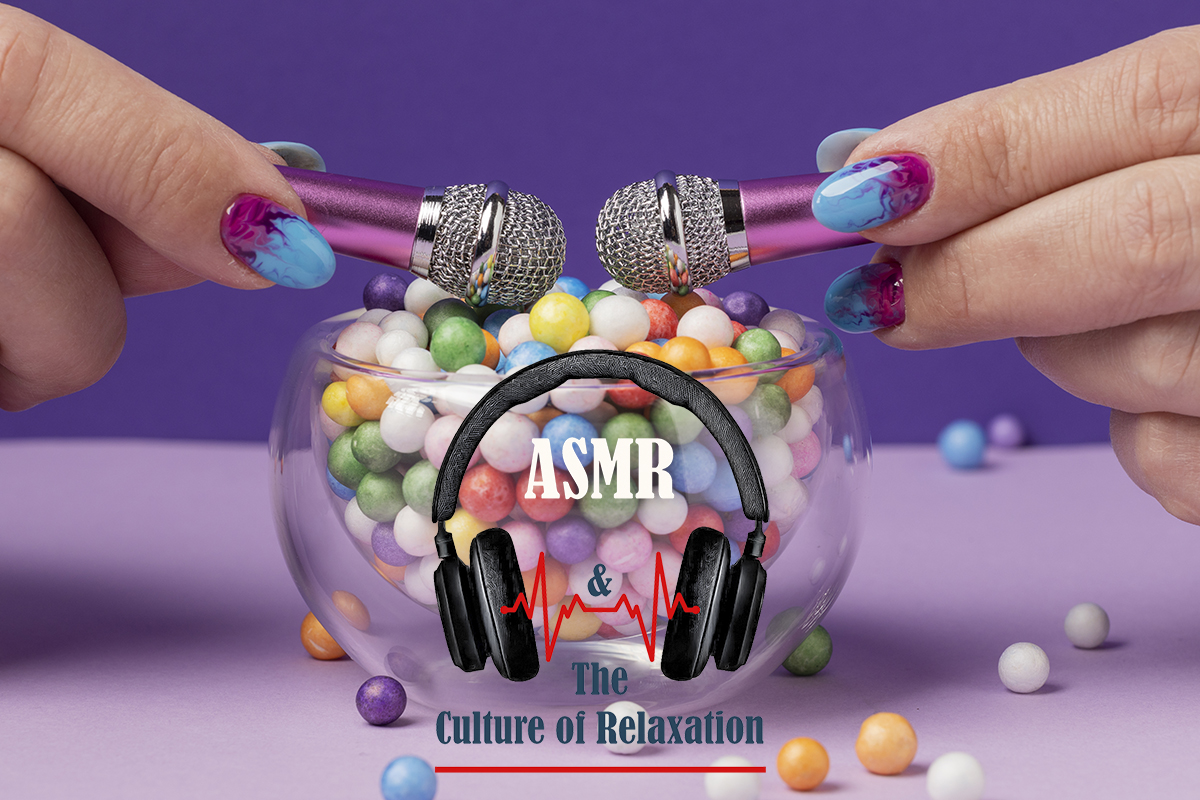What is sadfishing, and how to manage it

Sadfishing, a common behavior on social media platforms, involves sharing emotional posts seeking sympathy and support. Parents may struggle to distinguish between attention-seeking behavior and genuine emotional distress in their teenage children’s posts.
It is important to recognize that while some teenagers may exaggerate their feelings for attention, there could be underlying emotions of sadness and isolation. These posts are often vague, leaving readers uncertain about how to respond.
Parents should approach sadfishing posts with empathy and open communication to understand their child’s emotional well-being.

What is sadfishing?
Writer Rebecca Reid introduced the term ‘sadfishing,’ which refers to the practice of seeking sympathy and support on social media through sharing sad stories and images.
Although teenagers and young adults, who often experience feelings of loneliness, are frequent users of social media and more likely to engage in this behavior, individuals of all ages partake in this behavior.
Even celebrities have been known to use sadfishing to build rapport with their audience before promoting products or services. For instance, Kendall Jenner faced criticism for a post about her acne struggles, which turned out to be a paid endorsement for a skincare brand.

What’s the cause of sadfishing?
Individuals may engage in sadfishing for various reasons, often seeking support or sympathy related to recent stressful events, mental health issues, or body image concerns. This behavior commonly manifests on social media, a platform associated with negative self-perception and heightened mental health challenges. Reasons for sadfishing may include:
- Loneliness: Individuals experiencing loneliness may turn to sadfishing to garner support and combat feelings of isolation from their social circle.
- Depression or anxiety: Teens struggling with managing emotions like depression or anxiety may seek solace and understanding from their peers through sadfishing.
- Personality disorders: Those with personality disorders may resort to sadfishing to fulfill their need for attention or reassurance, contributing to their behavior.
- Narcissism: Individuals with narcissistic personality disorder may exploit sadfishing as a means to receive the attention they believe they deserve and to maintain their self-perceived high regard.
- Low self-esteem: This behavior can also stem from low self-esteem, as individuals may find temporary validation and a boost in self-worth through receiving sympathy online.
- Poor social support: In the absence of strong support networks, individuals may resort to social media for solace during challenging times, seeking comfort and relief through online interactions.
- Substance use: Impulsivity induced by substance use may lead individuals to engage in sadfishing on social media, a behavior they might avoid when sober.
- Immediate support: Seeking instant gratification during moments of sadness, some individuals may opt for posting online instead of waiting for supportive messages or calls from friends to alleviate their distress.

Sadfishing, social media and someone’s mental health
Teenagers who share their sadness on social media may genuinely be experiencing emotional distress, potentially related to mental health issues. Unfortunately, the phenomenon of sadfishing can deter them from seeking help as their concerns may not be taken seriously.
Research, such as a study by Digital Awareness UK, highlights how this behavior challenges adolescents with mental health struggles to find online support. This can lead to cyberbullying and unsupportive reactions, worsening their emotional well-being.
Additionally, extensive research shows a link between social media use and negative mental health impacts, including increased feelings of loneliness and depression in teenagers. While social media can provide connectivity, sadfishing may not be an effective way to seek support.

3 Actions parents can take to address teen sadfishing
When a teenager engages in sadfishing, whether triggered by a temporary low mood, feelings of despair, or an underlying mental health concern, it’s crucial for parents to stay observant and actively involved. Here are some steps parents can take in response to noticing this behavior on their teen’s social media accounts:
- Approach the situation with empathy and openness. Initiate a conversation with your teen about their posts, avoiding judgment or excessive worry. Begin by acknowledging their recent post and gently ask them to elaborate on their feelings.
- Reinforce the message of unconditional support and love to your teen. Adolescents often seek validation and attention from peers, sometimes overlooking parental support. By affirming that you are their unwavering supporters, parents provide a stable and enduring source of comfort that teenagers can rely on during challenging moments.
- Educate your teen about the implications of their social media activities. Help them understand that sadfishing behaviors might inadvertently hinder individuals with mental health struggles from seeking necessary assistance. Additionally, raise awareness about the potential risks of attracting online predators who may exploit emotionally vulnerable teenagers.
By engaging in open dialogue, fostering a supportive environment, and providing guidance on social media awareness, parents can play a critical role in addressing and mitigating the impacts of sadfishing among teenagers.

What is sadfishing, and how to manage it conclusion
In the end, consistent in-person discussions between parents and their children will provide the most authentic and truthful insights into a teenager’s experiences. When teenagers feel safe and supported without the fear of criticism or punishment, they are more likely to share their genuine feelings, allowing parents to understand the situation more accurately.
Such conversations can significantly enhance the bond between parent and child. Furthermore, if parents suspect that a teenager’s sadfishing behavior may indicate potential suicidal tendencies, seeking guidance from a qualified mental health professional can help uncover the underlying issues and provide appropriate support.



















